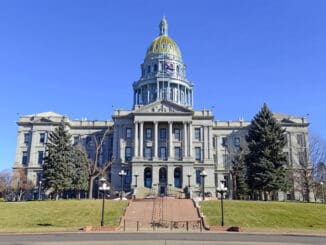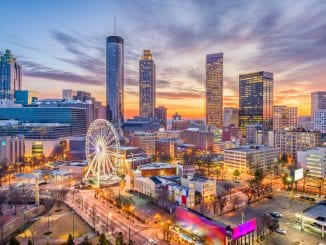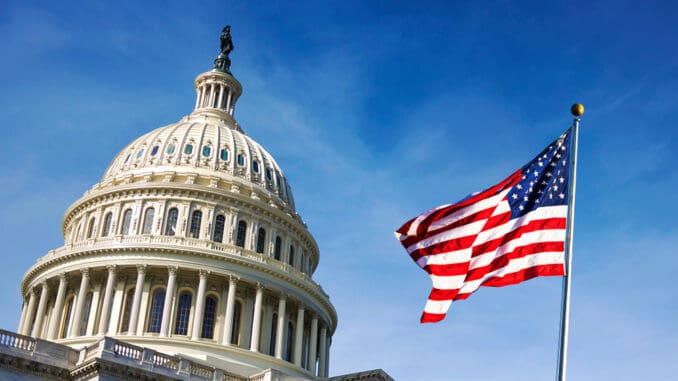
Washington DC is carved out of the US States of Virginia and Maryland. Virginia is in the southwest while Maryland borders Washington DC to the west, north, and east. When looking at a map of the area, DC is on the north bank of the Potomac River. Specifically at the transshipment point between water transport and land transport.
It is in the mid-Atlantic region of the United States, along the East Coast.

Washington DC Statistics
Washington DC is 68.3 square miles within the capitol’s borders, though the DC metro area is much larger. The population of DC is upwards of 700,000. Several hundred thousand of those people work for the US Government.
It is a humid subtropical climate, which means it is temperate with high humidity. Average precipitation is between three and four inches throughout the year. The highest elevation of 409 feet.
Washington DC History
In 1790, US Congress carved out 100 square miles of land from Virginia and Maryland for the sole purpose of being the permanent seat of the federal government. At the time it was centralized along the eastern seaboard states.
The Capitol Building, the building that would become the White House, and other government buildings began construction shortly after the boundaries of DC were formed. By 1800, Congress was able to move from Philadelphia to Washington DC.
Washington DC was invaded by Great Britain in 1814 during the War of 1812. The British set several important buildings on fire. The White House and a new Capitol building needed to be rebuilt entirely. The former was completed in 1817 and the latter in 1819.
Around the time of the American Civil War, some of the land originally given by Virginia was given back to the state of Virginia, which reduced Washington DC to its current size of 68 square miles.
However, after the Civil War, the Washington DC area expanded beyond the boundaries anyway. Nevertheless, DC remains a territory under the jurisdiction of Congress rather than a US State. The DC area is roughly 4000 square miles, encompassing ten counties – five in Maryland and five in Virginia.
During the 1900s, the Washington DC area experienced a boom when embassies began being built in the wake of the First World War. There was a need for fine arts and an explosion of culture. While older, neglected neighborhoods suffered during the Great Depression in the 1930s, the New Deal Programs and World War II encouraged an uptick in new construction.
Since 1974, Washington DC has had a locally elected mayor, though Congress reserves the right to veto the election of any particular mayor if they do not approve. The 1970s also saw the construction of the subway system underneath the DC area.
Interesting Facts about Washington DC
Washington DC was named after George Washington, the first President of the United States. The DC stands for District of Columbia. It is not part of any other US state, as the founding fathers agreed that this would be unfair for any one state to host the capitol. Hence it is carved out of Virginia and Maryland.
The District of Columbia hosts nearly two-hundred foreign embassies and many banking and global organization headquarters.
There are three rivers throughout the city. The Potomac’s tributaries include Rock Creek, the River Anacostia, and of course, the River Potomac itself.
Reasons to Visit Washington DC
As the national capitol, Washington DC has a lot of tourist areas, monuments, museums, memorials, and other places to visit. A non-exhaustive list of places to visit include:
American Art Museum
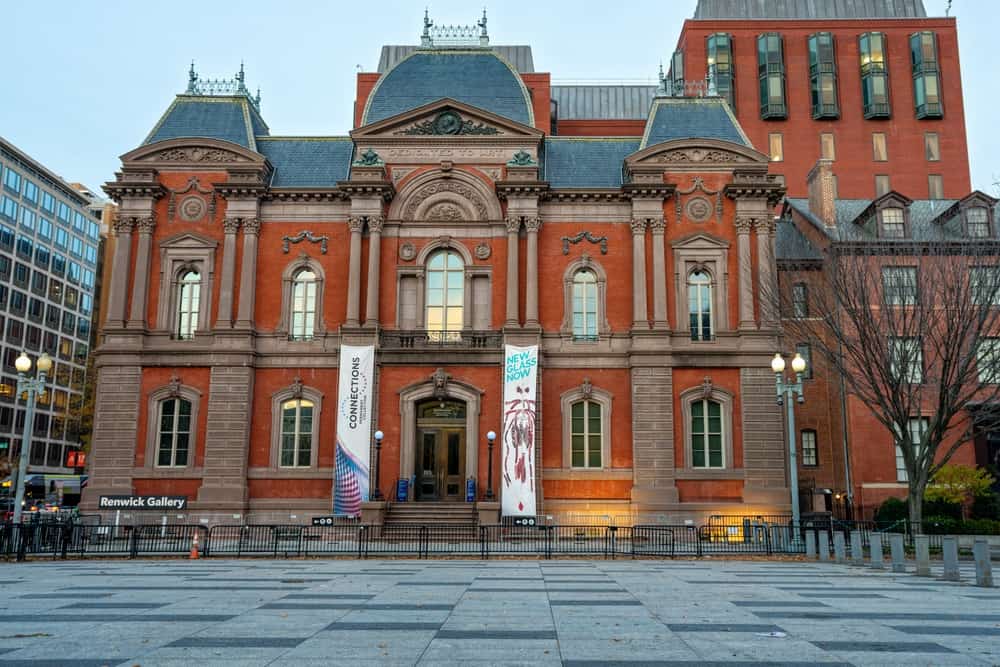
Bureau of Engraving and Printing

Capitol Hill
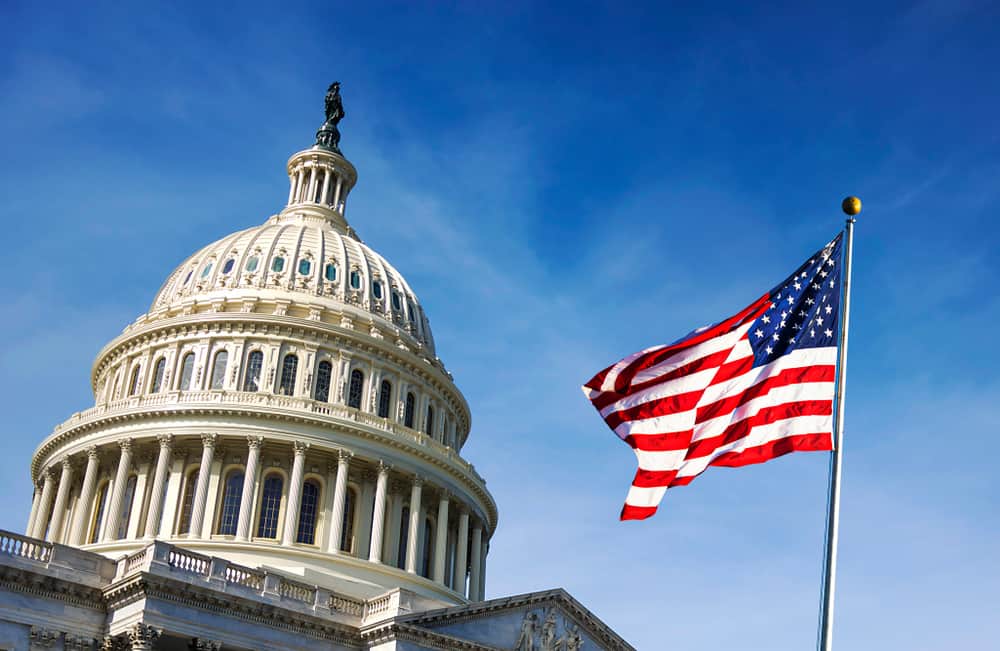
Cruises on the Potomac River
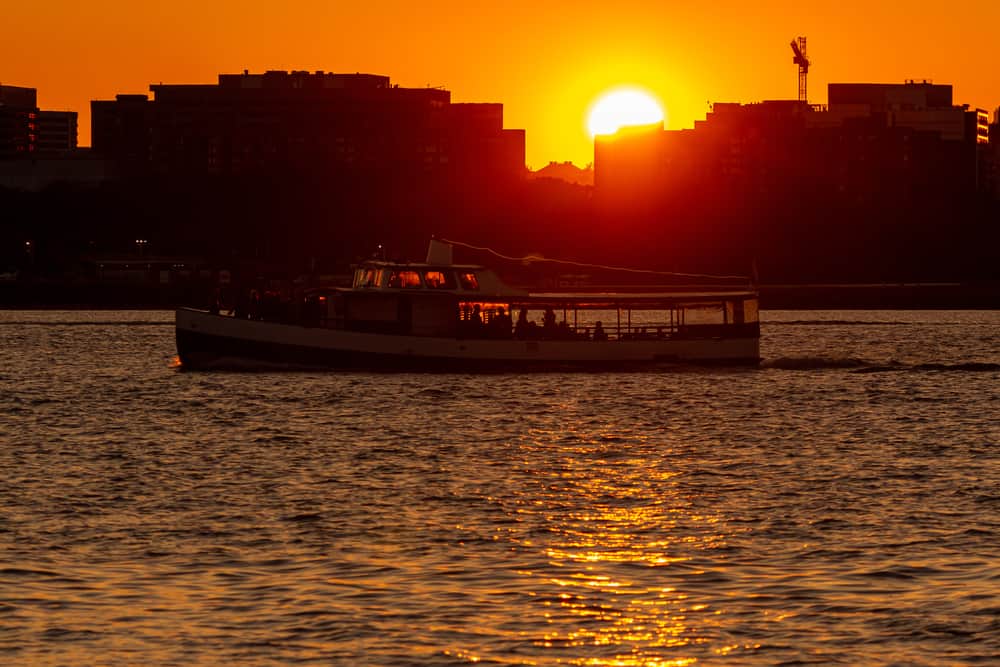
Franklin Delano Roosevelt Memorial

Freer Gallery of Art
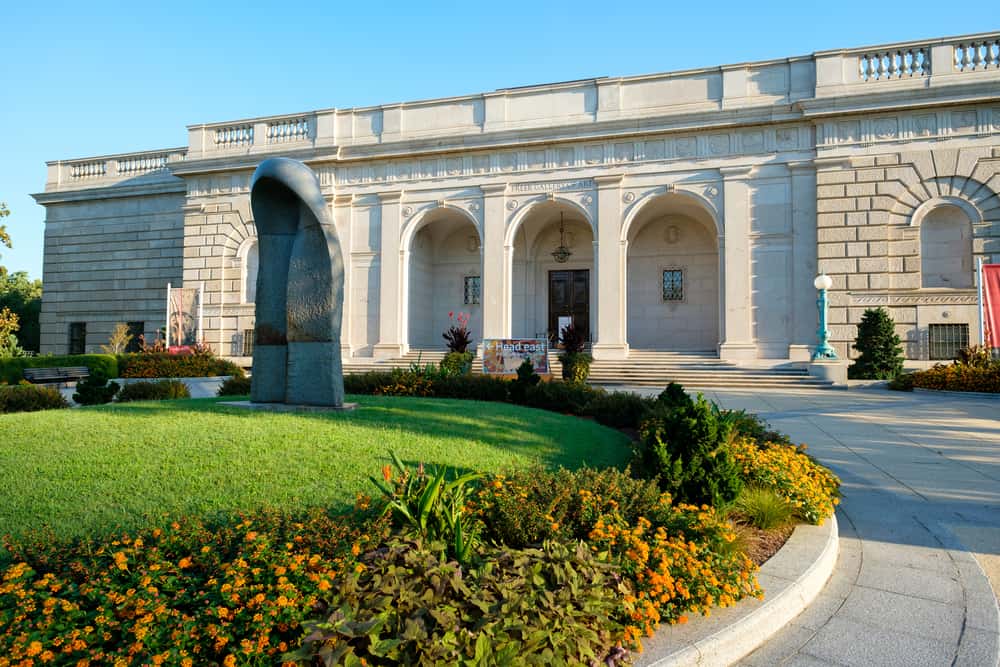
Hirshhorn Museum

International Spy Museum

Other places include:
- Jefferson Memorial
- Korean War Veterans Memorial
- Library of Congress
- Lincoln Memorial
- Lincoln Memorial Reflecting Pool
- Martin Luther King, Jr. Memorial
- National Air and Space Museum
- National Gallery of Art
- National Geographic Museum
- National Mall
- National Museum of African American History and Culture
- National Museum of American History
- National Museum of the American Indian
- National Portrait Gallery
- National World War II Memorial
- The Pentagon and Newseum
- Rock Creek Park
- Smithsonian Castle
- Smithsonian Institution Museums
- Smithsonian National Museum of Natural History
- Smithsonian National Zoo
- Supreme Court of the United States
- United States Botanic Garden
- United States Capitol
- United States Holocaust Memorial Museum
- United States National Arboretum
- Vietnam Veterans Memorial
- Washington Monument
- West Potomac Park
- The White House
Among all of these locations are a variety of unique experiences from educational to tourist to enjoying food and entertainment. Washington DC features many free museums and monuments, so much of the city can be done on a tight budget as well.
In addition to all the museums and monuments, there is art and culture practically everywhere you look in the area. Plus, there are many historic statues scattered throughout.
Washington DC is a conglomeration of an international metropolis, a historical treasury of information, a picture-perfect tourist destination, and working federal city.
The best seasons to visit Washington DC are in the spring and fall. Spring means blooming cherry blossoms which are a gorgeous sight. However, the weather in the spring months can be fickle. In contrast, the weather in the early fall is mild and pleasant. Plus, Congress is in session during the fall.
Winters are damp with extreme temperatures and infrequent snow. While midday temperatures average in the mid-30s Fahrenheit, below freezing temperatures overnight often can turn remaining water on the ground into ice. The summers are in the mid-70s Fahrenheit on average, but with high and dense humidity.
Everyone has something to say about the food in the area. There is a blend of food from many different cultures as a result of the people living there as well as the embassies.
Conclusion
Washington DC, while not a state of the United States, is definitely a cultural area with its own distinct vibe. There is something for everyone in the city and surrounding metropolitan area. Everyone should strive to visit it at least once.

